#the Thames River
Photo
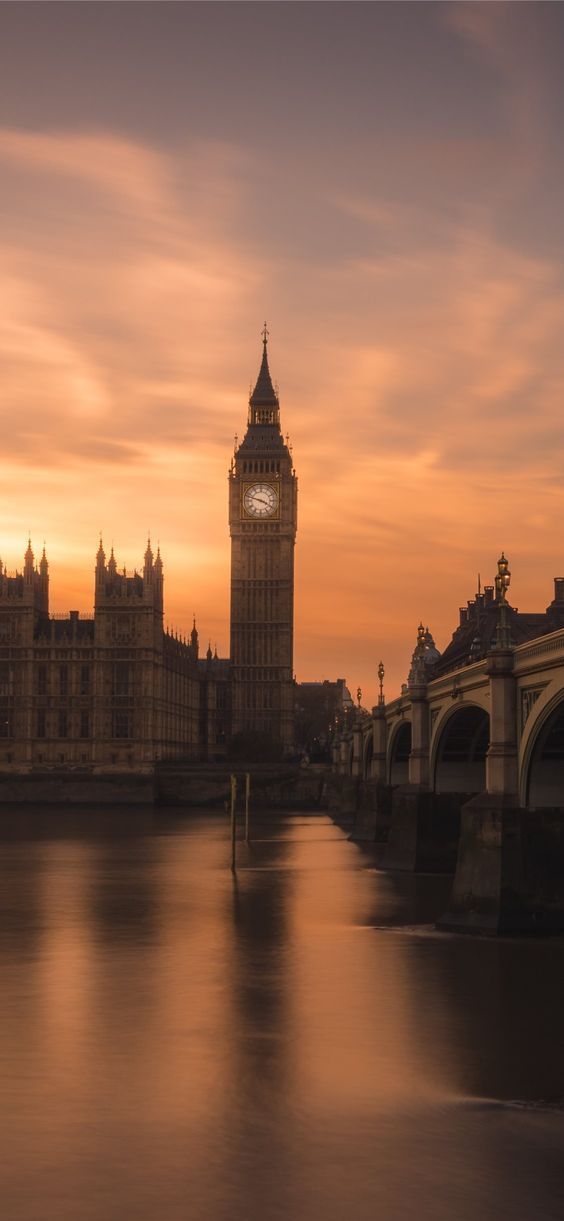
~ Peach and Tan ~
2K notes
·
View notes
Text

Nell, honey. It will not matter how beautiful the river is when you die of any one of 1,684 diseases.
150 notes
·
View notes
Text

Windsor Castle from Datchet Lane on a rejoicing night, 1768
by Paul Sandby
#windsor castle#art#paul sandby#windsor#datchet lane#england#english#bonfire#night#full moon#river bank#fireworks#river thames#middle ward#winchester tower#star buildings#georgian era#georgian#great britain#history#celebration#king#george iii#torch#tricorn hat#drunken#drunk#castle#british#torchbearer
250 notes
·
View notes
Text

Foreboding
Tower Bridge - London, United Kingdom
#photographers on tumblr#original photographers#seascape#seascape photography#scenic#long exposure#longexposurephotography#river thames#london#united kingdom#clouds#cloudphotography#sunset#cityscape#cityphotography#cityscapephotography
150 notes
·
View notes
Text


DOOMED NARRATIVE
#fanart#sherlock holmes#john watson#sherlock & co#sh & co#I DONT WANNA MAKE AN ANIMATIC OF THIS CONVERSATION ANYMORE ITS JUST ALL TALK#btw I traced John’s river for the Thames and Sherlock of the Reichenbach one hehe#I wanted to just not have a vertical line for Sherlock’s river but it’s a waterfall I need to signify that it is one or something#idk it just looks more interesting that way#the little dot in John’s is an approximation of where Baker Street(home) is
183 notes
·
View notes
Text

LONDON EYE
#london eye#ojo de londres#london#londres#river thames#rio tamesis#england#inglaterra#united kingdom#reino unido#europe#europa
809 notes
·
View notes
Text

Emile Claus (Belgium, 1849-1924), Fog. Lanterns in the mist, 1916-18. Oil on canvas, 42.8 x 45.7 cm.
280 notes
·
View notes
Text

I was born lost and take no pleasure in being found.
-- John Steinbeck
(London)
#lost#found#john steinbeck#travel photography#london#england#uk#thames#river#quote#photography#traveling#words
216 notes
·
View notes
Text
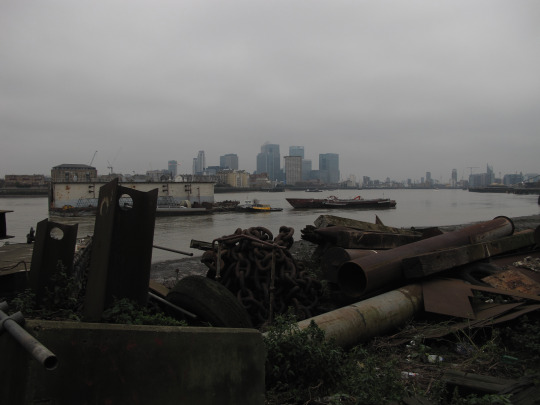
North Greenwich, London; 12.1.2014
#photography#photographers on tumblr#dubmill#London#Greenwich#North Greenwich#England#UK#Britain#River Thames#Canary Wharf#original photography#original photograph#2014#12012014
225 notes
·
View notes
Text

The Shard, River Thames and a threatening sky
68 notes
·
View notes
Text

Crescent moon
17th November 2023
Ig: walkuponacloud
#Long exposure#city#cities#photographers on Tumblr#London#photographers in London#river Thames#My photography#photography#moon
268 notes
·
View notes
Text



Chaotic
#dark academia#dark academia moodboard#my moodboards#dark academia style#dark academia aesthetic#dark academia vibes#classic#river thames#spilled thoughts#chaotic thoughts#thoughts#light acadamia aesthetic#chaotic moodboard#chaotic academic aesthetic#chaotic academia#chaotic#old aesthetic#church#london aesthetic#london attractions#london city#london#cozy aesthetic#cozycore#cozy vibes#cozy#cozy places#dreamcore#good vibes
71 notes
·
View notes
Text

Walking through the Greenwich Foot Tunnel
141 notes
·
View notes
Text
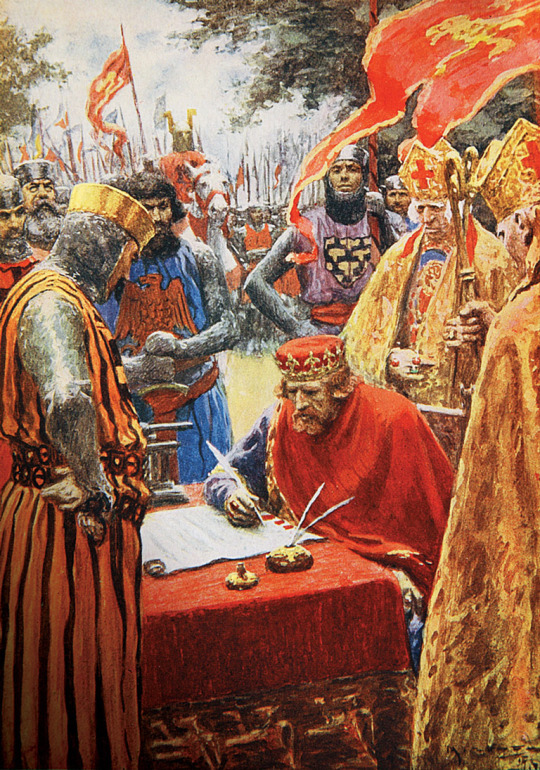
King John reluctantly signing the Magna Carta by Arthur C. Michael
#king john#england#magna carta#art#arthur c michael#john lackland#english#barons#knights#bishops#medieval#mediaeval#middle ages#king#windsor#runnymede#history#knight#baron#bishop#river thames#europe#european#quill pen#wax seal#rebellious#rebellion
225 notes
·
View notes
Text

Remains of the day...!
©all rights reserved / htm.studios/2024/211
#photographers on tumblr#art photography#haluk turgut mengüç#artists on tumblr#©htm.studios#black and white#monochrome#landscape#htm.studios#remains of the day#down by the river#fine art photography#Richmond#river thames
94 notes
·
View notes
Text

Remnants of a Legendary Typeface Have Been Rescued From the Thames River
Doves Type was thrown into the water a century ago, following a dispute between its creators.
The depths of the river Thames in London hold many unexpected stories, gleaned from the recovery of prehistoric tools, Roman pottery, medieval jewelry, and much more besides. Yet the tale of the lost (and since recovered) Doves typeface is surely one of the most peculiar.
A little over a century ago, the printer T.J. Cobden-Sanderson took it upon himself to surreptitiously dump every piece of this carefully honed metal letterpress type into the river. It was an act of retribution against his business partner, Emery Walker, whom he believed was attempting to swindle him.
The pair had conceived this idiosyncratic Arts and Crafts typeface when they founded the Doves Press in the London’s Hammersmith neighborhood, in 1900. They worked with draftsman Percy Tiffin and master punch-cutter Edward Prince to faithfully recall the Renaissance clarity of 15th-century Venetian fonts, designed by the revolutionary master typographer Nicolas Jensen.

With its extra-wide capital letters, diamond shaped punctuation and unique off-kilter dots on the letter “i,” Doves Type became the press’s hallmark, surpassing fussier typographic attempts by their friend and sometime collaborator, William Morris.
The letterforms only existed as a unique 16pt edition, meaning that when Cobden-Sanderson decided to “bequeath” every single piece of molded lead to the Thames, he effectively destroyed any prospect of the typeface ever being printed again. That might well have been the case, were it not for several individuals and a particularly tenacious graphic designer.
Robert Green first became fascinated with Doves Type in the mid-2000s, scouring printed editions and online facsimiles, to try and faithfully redraw and digitize every line. In 2013, he released the first downloadable version on typespec, but remained dissatisfied. In October 2014, he decided to take to the river to see if he could find any of the original pieces.

Using historical accounts and Cobden-Sanderson’s diaries, he pinpointed the exact spot where the printer had offloaded his wares, from a shadowy spot on Hammersmith bridge. “I’d only been down there 20 minutes and I found three pieces,” he said. “So, I got in touch with the Port of London Authority and they came down to search in a meticulous spiral.” The team of scuba divers used the rather low-tech tools of a bucket and a sieve to sift through the riverbed.
Green managed to recover a total of 151 sorts (the name for individual pieces of type) out of a possible 500,000. “It’s a tiny fraction, but when I was down by the river on my own, for one second it all felt very cosmic,” he said. “It was like Cobden-Sanderson had dropped the type from the bridge and straight into my hands. Time just collapsed.”
The finds have enabled him to further develop his digitized version and has also connected him with official mudlarks (people who search riverbanks for lost treasures, with special permits issued) who have uncovered even more of the type.
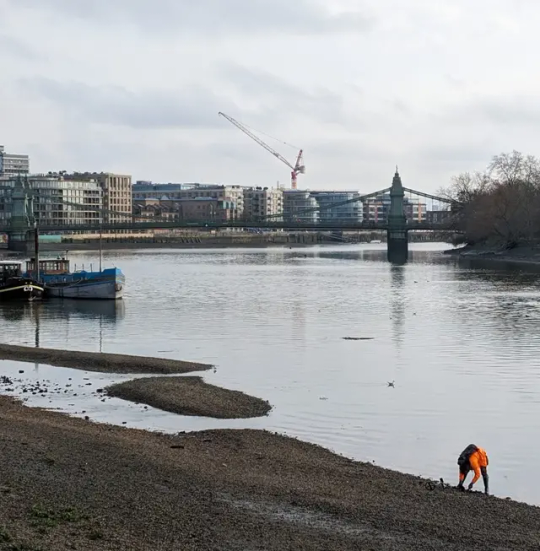
Jason Sandy, an architect, author and member of the Society of Thames Mudlarks, found 12 pieces, which he has donated to Emery Walker’s House at 7 Hammersmith Terrace. This private museum was once home to both business partners, and retains its stunning domestic Arts and Crafts interior.
Much like Green, Sandy was captivated by the Doves Type story, and mounted an exhibition at the house that displays hundreds of these salvaged pieces, including those discovered by Green, as well as mudlarks Lucasz Orlinski and Angus McArthur. The show was supplemented by a whole host of Sandy’s other finds, including jewelry and tools. An extant copy of the Doves English Bible is also on display.

“It is not that unusual to find pieces of type in the river,” Sandy said. “Particularly around Fleet Street, where newspaper typesetters would throw pieces in the water when they couldn’t be bothered to put them back in their cases. But this is a legendary story and we mudlarks love a good challenge.” The community is naturally secretive about exactly where and how things are found. For example, Orlinski has worked under the cover of night with a head torch, to search for treasures at his own mysterious spot on the riverbank.
For Sandy, the thrill comes from the discovery of both rare and everyday artifacts, which can lead to an entirely new line of inquiry: “The Thames is very democratic. It gives you a clear picture of what people have been wearing or using over thousands of years. And it’s not carefully curated by a museum. The river gives up these objects randomly, and you experience these amazing stories of ordinary Londoners. It creates a very tangible connection to the past. Every object leads you down a rabbit hole.”
By Holly Black.
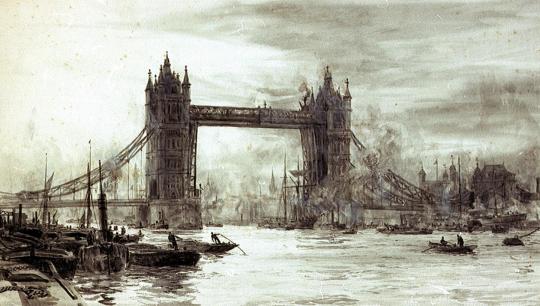
#Remnants of a Legendary Typeface Have Been Rescued From the Thames River#Doves Type#printer#Society of Thames Mudlarks#mudlark#mudlarking#ancient#archeology#archeolgst#history#history news#long reads#long post
95 notes
·
View notes